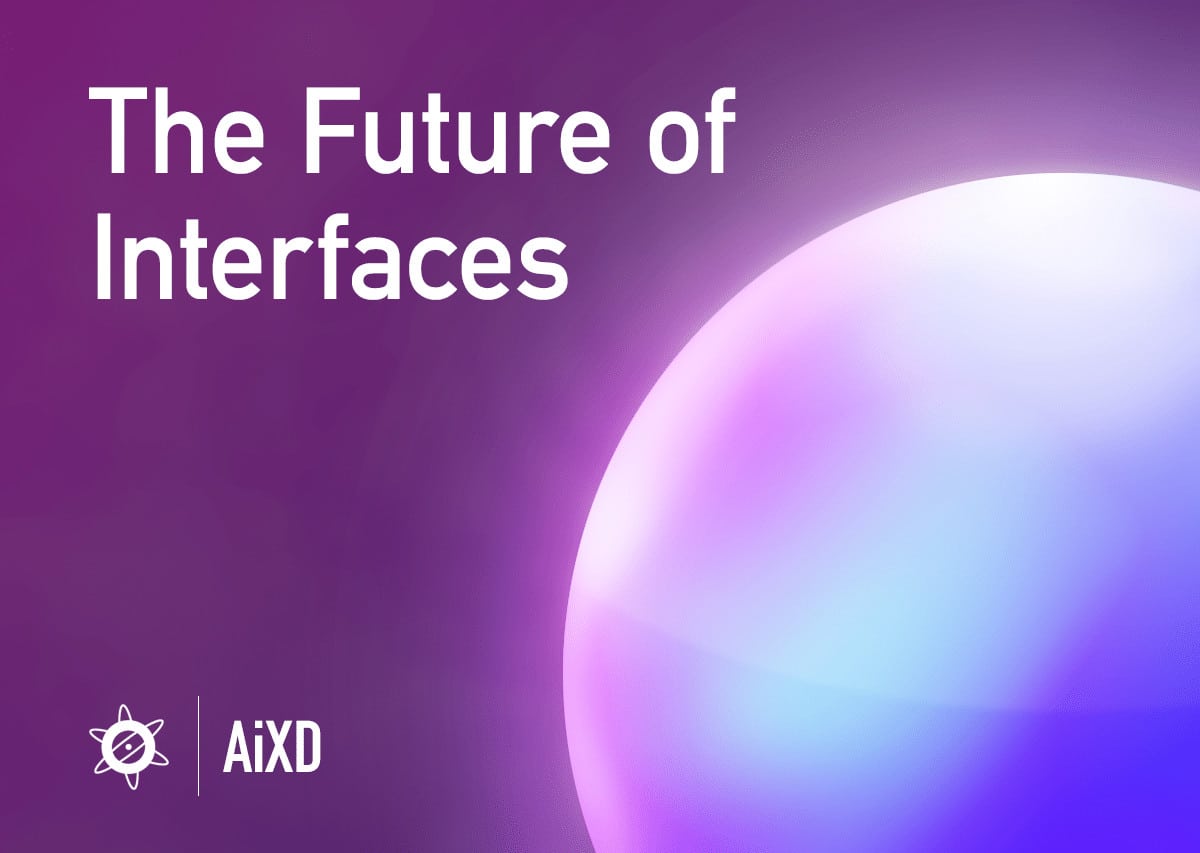The “user interface” is nothing new. We have been interfacing with technology, analog or digital, since the inception of language and tools. Advancements in technology continue to shape how we interact, and our expectations for interface usability and delight have become more refined. Artificial Intelligence continues to boom and be more widely accepted. That puts us at another pivotal moment in shaping the interfaces of the future.
Why It’s Important
As experience and interface designers, we have the power to influence how we interact with emerging technologies, and the responsibility to do it ethically and equitably.
The AI Interfaces We Already Use
Whether you know it or not, AI has been changing interfaces in big ways, and you’ve been using them (or being used by them…). Some examples:
- Voice-activated assistants. “Hey, Siri…” and similar assistants from Amazon, and Google have become increasingly popular, allowing users to interact more naturally.
- Chatbots and virtual assistants. Many companies use AI-powered chatbots to handle initial service inquiries, making it faster for customers to get needed services.
- Recommendation algorithms. The news we see, the shows we watch, and the clothes we shop for are all being personally recommended to us by AI-powered algorithms that know who we are and what we want.
The Future of AI, natural language, and user interfaces
AI and natural language processing technologies are developing rapidly. And, we can expect even more changes to how we interface with these tools in significant ways:
The future of user interfaces is natural language.
As the technology improves, we will see more interfaces harnessing (and relying) on natural language processing (NPL) to understand user inputs and actions. This means that we’ll start using tools in a much more humanistic way and requesting AI to perform tasks more conversationally. We’ll receive feedback mechanisms that mirror human interaction.
Conversation skills are key.
Much like interacting with “real people,” as users of AI-powered technologies, we’ll need to continue strengthening our conversational inputs and reception to get the most from our interactions.
Users want seamless interactions.
Gone are the days of watching a movie, grabbing your phone trying to figure out what dress the character is wearing, and where to buy it. Through a prompt asking what they are wearing, some image processing, and a search, you can purchase it without leaving the experience. Select your size? No need, since AI knows your size. Need accessories? AI can recommend shoes to pair with the dress based on previous purchases or find new ones. Price a bit more than your budget? No worries, AI will just sew the dress on the spot (just kidding)… But, it could quickly find alternatives within a more palatable price point based on spending habits.
AI and natural language will make interfaces more equitable.
For so long, our digital interfaces haven’t served those with physical or cognitive disabilities with the same level of care. AI can recognize and create personalized experiences for visual impairments or recognize sign language and other visual prompts as input. Natural language processing can remove physical input devices like a keyboard, mouse, or controller, and entirely utilize verbal and visual cues to complete tasks.
Responsibility, Privacy, and Security
Our data is being collected. It is as simple as that. And companies and organizations are using this data to make money. Advancements in AI technologies will increase their reach into our lives in even more significant (and magnified) ways.
- Statistical analysis of our behaviors and habits. This is already happening, but the scale and power to which AI can assist in understanding a “customer” means even more targeted, and timely advertisements…
“Hey Kyle, you bought milk two weeks ago, and we know your partner has not purchased milk in that time, and you recently bought another family size box of Cheerios, and you go to the store on Saturday mornings. We know you are going to be in the milk aisle soon. Here is a coupon for eggs (which we know you normally get at the farmers market, but c’mon, these are convenient).” ~Grocery Store
- AI vs. AI. When AI interfaces start interfacing with other AI interfaces, what trouble can we expect?
The Bottom Line
AI is here to stay. Designing interfaces to embrace the powerful technologies that AI and natural language processing are unlocking looks promising. Marry that with an empathetic approach to experience design, and we can be a force for good in developing authentic tool interfaces.

